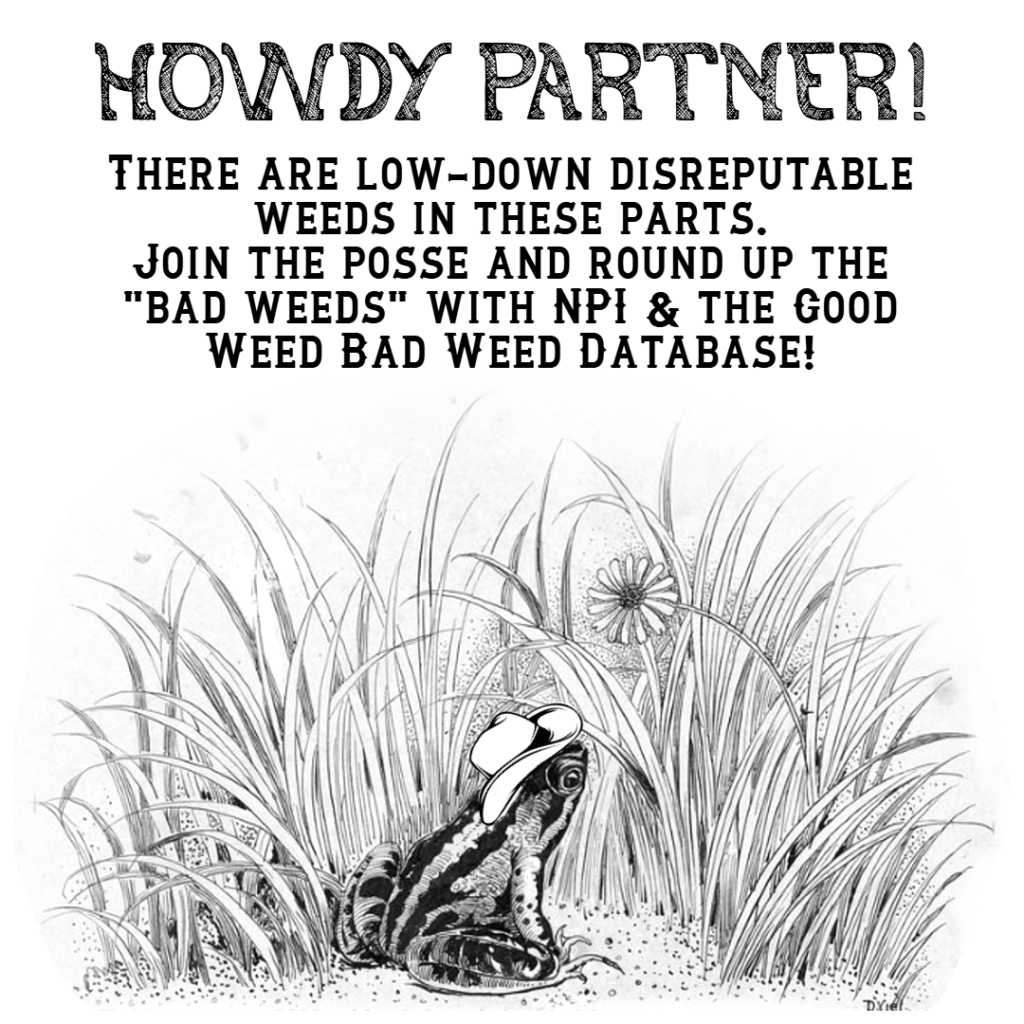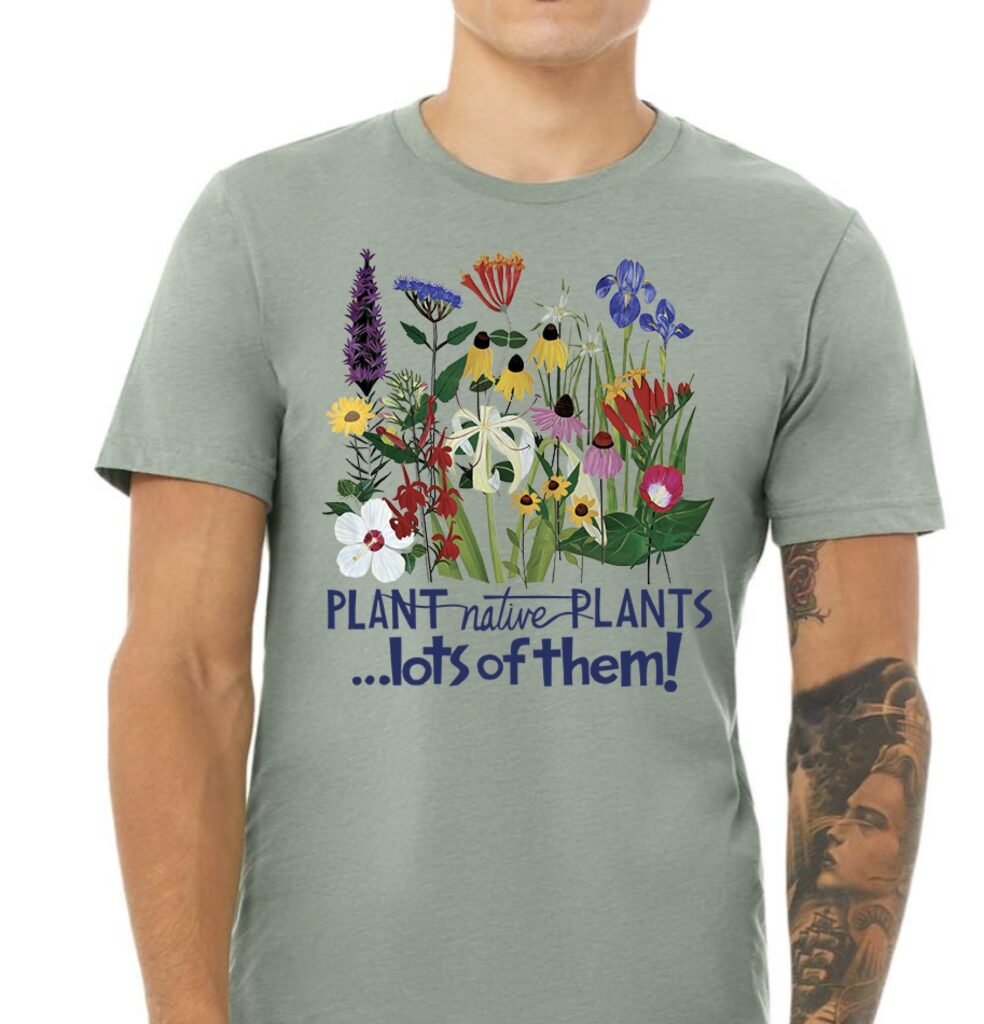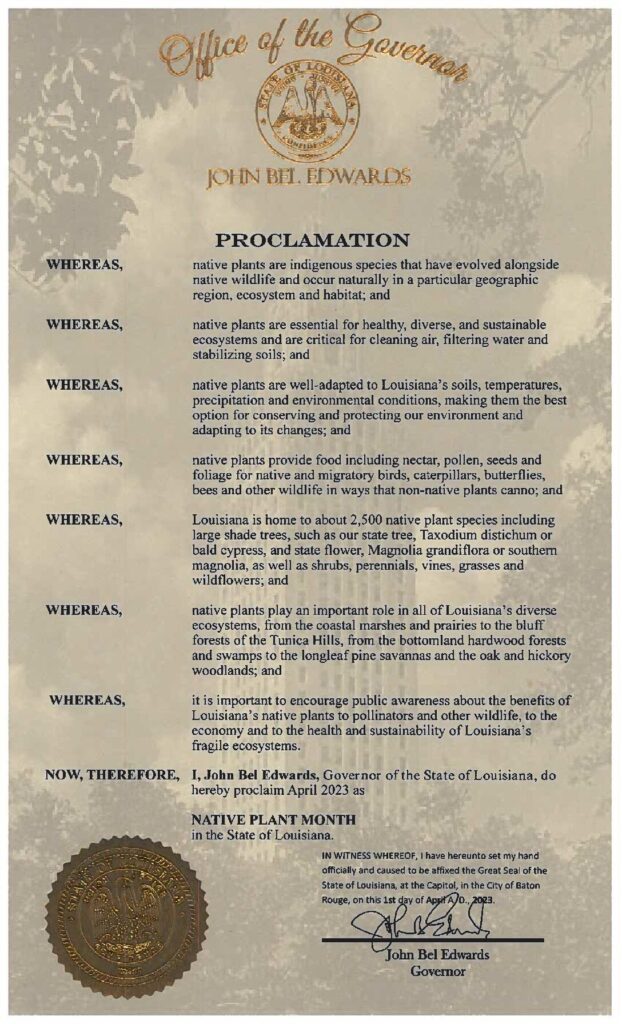Spring Garden Show
Mark your calendars for education programs, plant sales, music, and more: it’s THE spring event for plant people! The NPI booth will help gardeners corral those dad-blasted bad weeds that are whooping it up in our gardens by showcasing the NPI website’s Good Weed, Bad Weed database. Saddle up and lend a hand, partner: VOLUNTEERS ARE NEEDED on […]
Spring Garden Show Read More »





